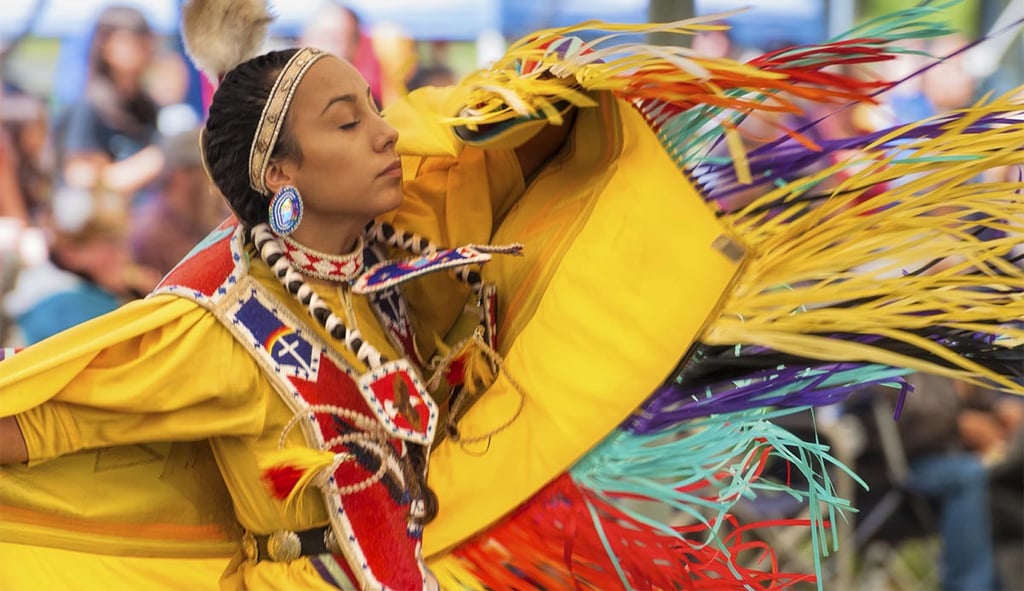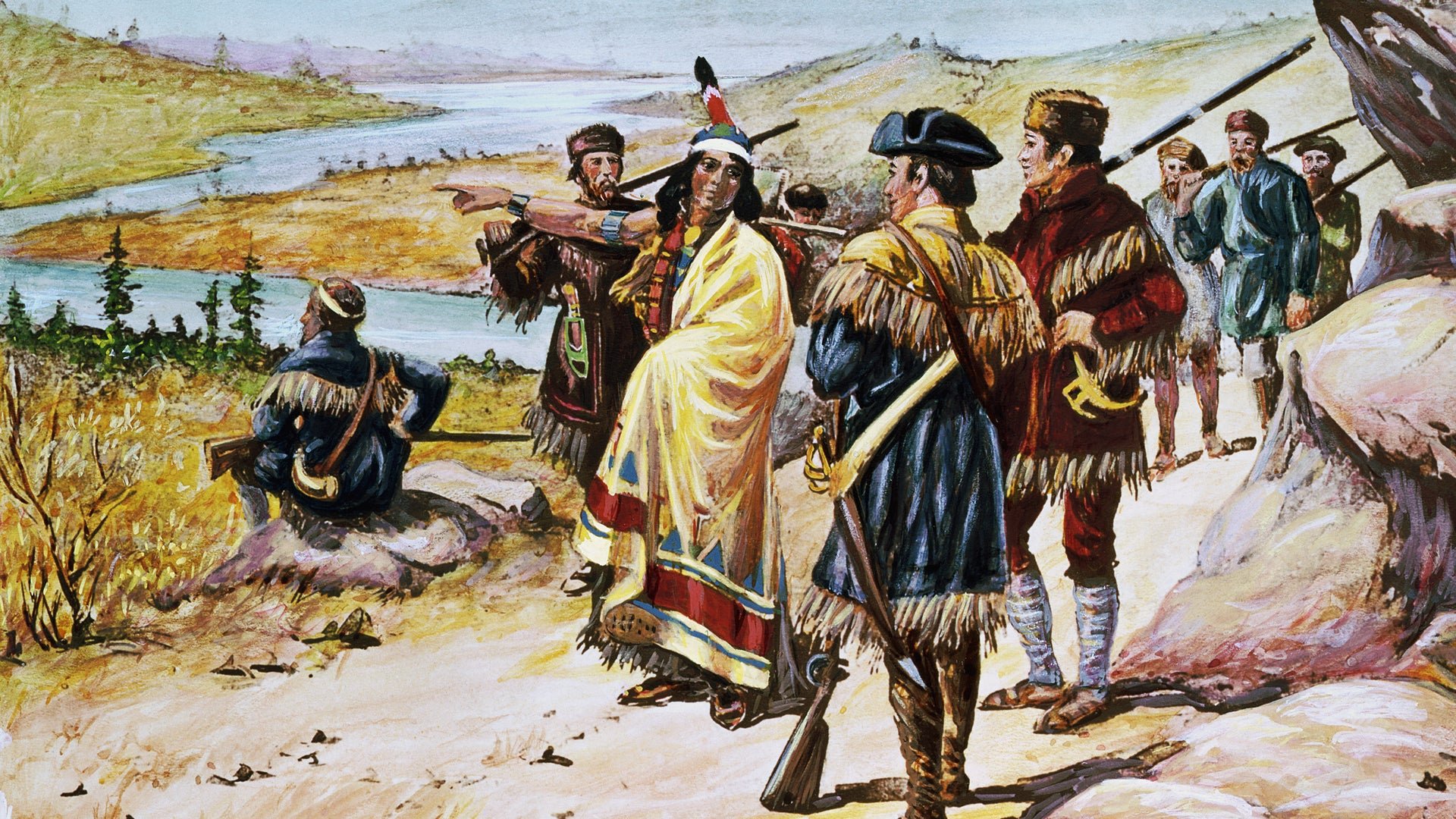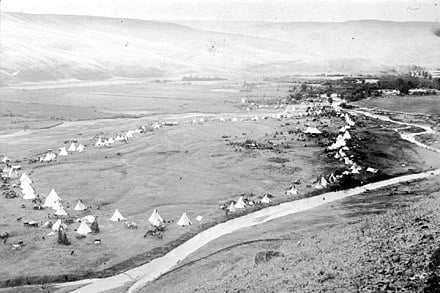Aug 1, 2019 | Native Hope
Imagine losing the ability to question, to state, to joke, to think. Language is the core of expression and offers a unique view of the world. It encompasses a history—the history of a people and their culture.
With only 2,000 fluent speakers, the Lakota language faces extinction.
A culture silenced

Even harder to grasp is that its extinction was essentially a coordinated effort on the part of many. “Kill the Indian and save the man” became the educational philosophy for Native American children adopted by the U.S. federal government. Captain Richard H. Pratt’s words started the genocide on the Lakota language and culture in 1892.
By the early 1900s, over 150 boarding schools existed in our country that, yes, provided vocational and manual training to Native American children; however, these schools also stripped the children of their tribal cultures.
“Sometimes, there was abuse,” explained Nyal Brings Three White Horses. “Classes were all in English—we weren’t allowed to speak Lakota. It was frustrating. I wanted to be home with my family.”
Nyal said that after he and his three siblings were made to attend the BIA school on the Rosebud Sioux Reservation, his parents quit speaking Lakota in their home [late 1940s]. His mom told them, “Learn to master English, and you will be okay.”
A culture and language intertwined
It is impossible to kill a language without killing a people and their purpose. Many experts say that in order for the Lakota culture to survive so must the language, as the two are intricately intertwined.

At Native Hope, we support those who are dedicated to the revitalization of Native American languages and cultures. Please join us in this effort. Together, we can help make a difference and transform the lives of future generations.



COMMENTS